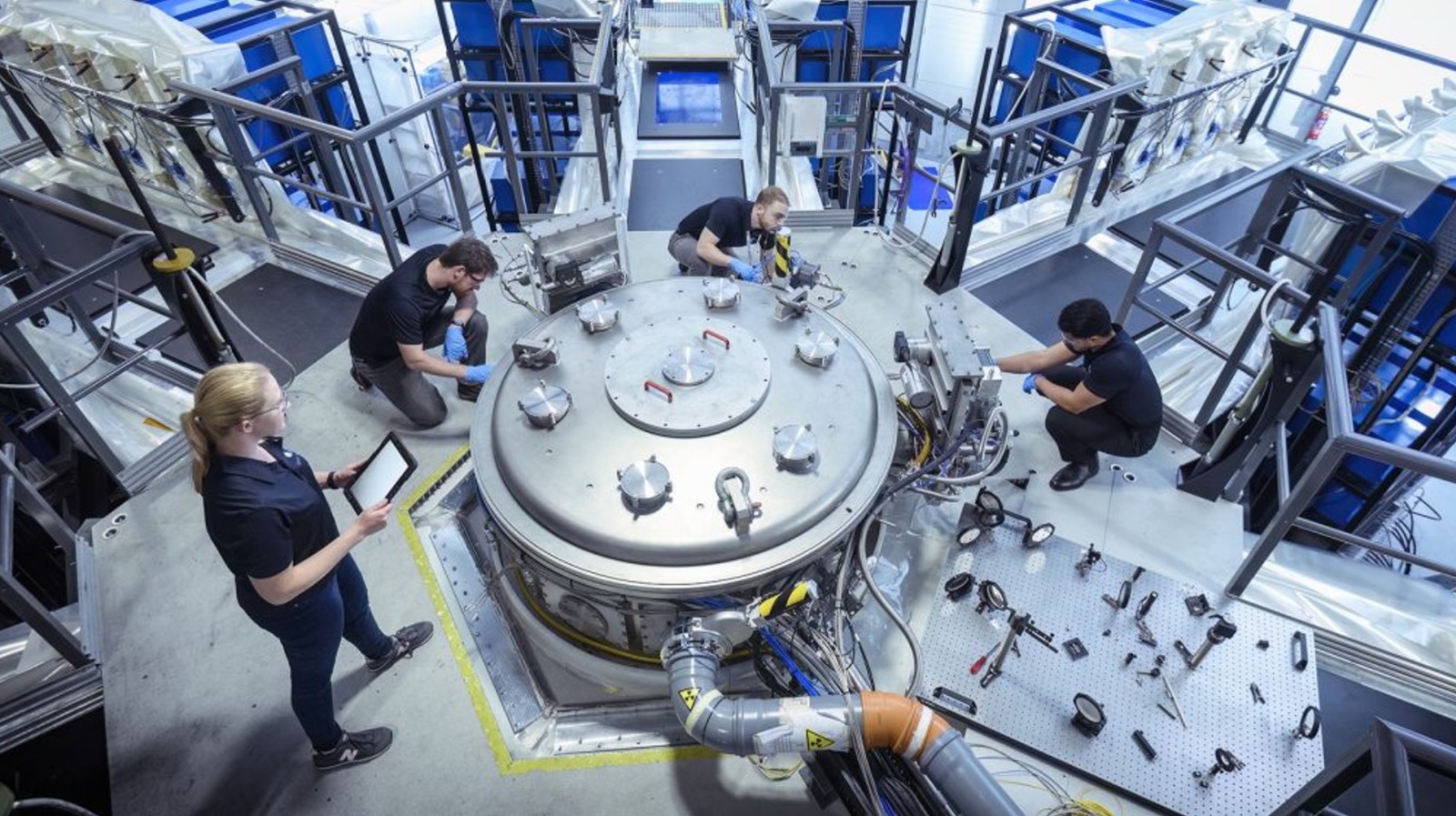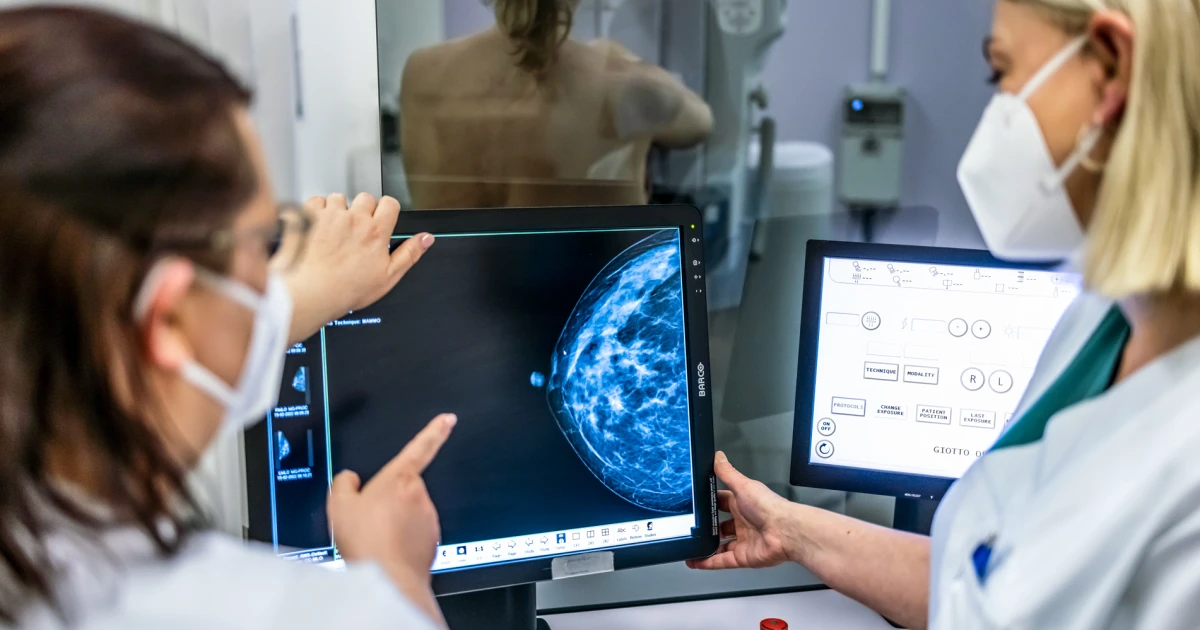Copyright SlashGear

Fusion power is a means of deriving electrical power from the heat released during nuclear fusion reactions, and it's been a long-time dream to produce a working reactor. Fusion occurs when two light atomic nuclei combine, forming a heavier nucleus, which releases a great deal of energy. Theoretically, when that energy is captured and converted into electricity, a fusion reactor would conceivably produce near-limitless energy. This would take humanity off coal and gas, eliminating fossil fuels while reducing emissions that warm the planet. There have been many breakthroughs in researching this technology, but as of writing, no viable fusion reactor exists. That's not to say innovations aren't moving research along, and a new breakthrough achieved in the United Kingdom is a stepping stone to finally producing cheap, sustainable energy. First Light Fusion devised a method to achieve "high gain" inertial fusion, marking the first time such an achievement was made. In the context of fusion power, "gain" occurs when a reaction creates more energy than is needed to fuel it. The Holy Grail of fusion power is achieving sustainable gain, as previous experiments required more energy than what was produced. By achieving high gain, FLF created a pathway to producing the world's first commercially viable fusion reactor, bringing the technology even closer to reality. This is a monumental step in the right direction, but it should be noted that this achievement is only one step on a long road to creating fusion power plants and replacing non-renewable energy sources with a far more efficient alternative. First Light Fusion's new process is dubbed FLARE, or Fusion via Low-power Assembly and Rapid Excitation. It has the potential to achieve a gain of 1,000, compared to the current gain achievement in experiments of four. That was achieved by the U.S. Department of Energy's National Ignition Facility in May 2025. FLARE divides the processes of compressing and heating fuel into two. The fuel is compressed, generating a large surplus of energy, which is a process known as "fast ignition." FLF is the first to achieve practical use of the technology, which had been previously researched but remained out of reach. In FLF's white paper detailing FLARE, the company claims that a single kilogram (2.2 lbs.) of fuel contains as much potential energy as 10 million kg of coal (22,046,226 lbs.). Ignition occurs when a small fuel source is heated to the point of fusion (around 100 million kelvin, or 179,999,540 degrees Fahrenheit), which then becomes self-sustaining. Needless to say, producing that much heat, which is hotter than the sun, requires a lot of energy. Still, by achieving self-sustaining fusion, that initial cost would be dwarfed by the significant gain in energy production. If FLARE works as theorized, it could establish a means of finally achieving self-sustaining fusion, which could produce enough energy to power the planet via multiple reactors. At this point, that seems more like a question of when rather than if, thanks to the myriad of breakthroughs driving fusion power research.



